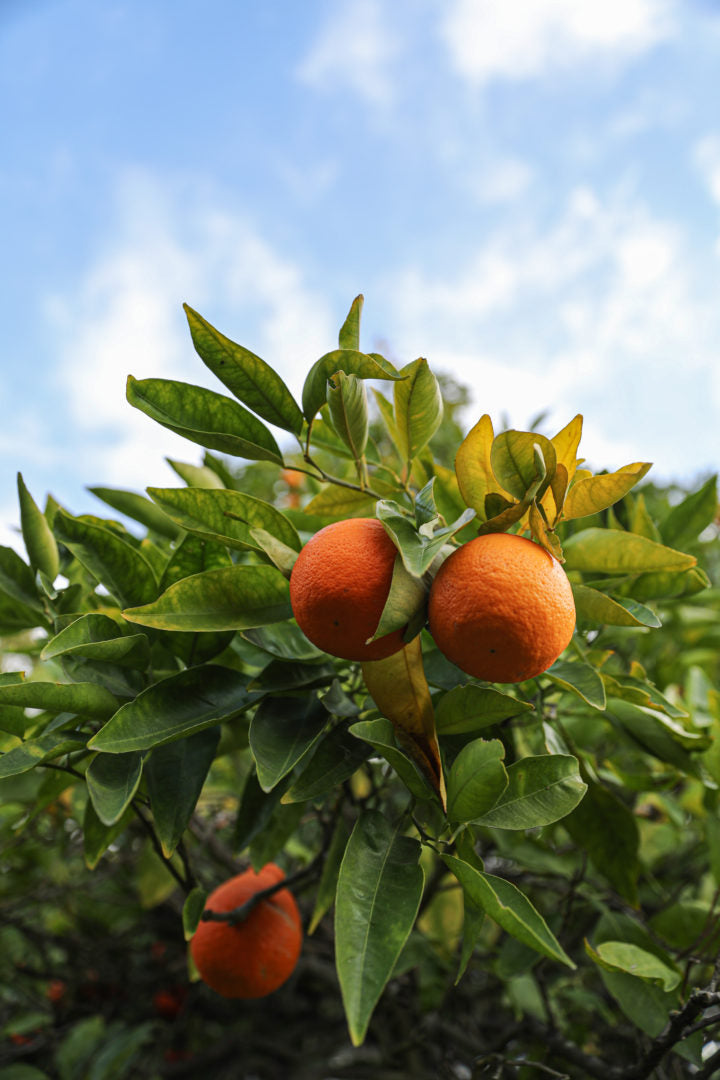

5 Principles of Regenerative Agriculture
Doing what’s best for both people and the planet has always been a core value for us here at Boochcraft. The immense challenges us humans face today calls for the strengthening of community and collaboration to create a sustainable, healthy, and collective future. A critical step towards this goal is the regeneration of our systems. This starts by honoring those who came before us and the cultural and relational wisdom from which we build our foundation. We firmly believe it’s our dedication to fresh, organic fruits and herbs that gives Boochcraft our edge. And it wouldn’t be possible without regenerative agriculture

What is Regenerative Agriculture?
Regenerative agriculture is a hot topic these days. Presidential candidates, universities, and documentaries all discuss it, but not nearly as many farms practice it. Regenerative agriculture is defined as “a system of farming principles and practices that increases biodiversity, enriches soils, improves watersheds, and enhances ecosystem services.” Basically, farming in a way that not only protects the soil, but also enhances it. It’s a holistic view of farm life, how we grow food, and how we interact with cultivated landscapes. Not only does regenerative agriculture have the ability to reverse current global trends of atmospheric accumulation and climate change by capturing carbon in the soil and above-ground plants, it also offers increased yields, resilience to climate instability, and higher health and vitality for farmers.The 5 Principles of Regenerative Farming
Principle 1: Soil Armor
A very important step to improving soil health is keeping plant litter on the soil. Allowing a layer of plant material to accumulate on the soil has significant benefits including:- Better moisture retention
- Increases habitat for soil biology that will cycle nutrients better
- Mitigates soil temperatures
- Protects against erosion
Principle 2: Diversity
Different plants mineralize different nutrients, so it is incredibly important to maintain as much diversity wherever possible. Similar to people, a diverse diet in foods may increase your health and wellbeing. Diversity of plants in the soil leads to a healthier farm and a more nutrient dense harvest. Many farmers are using woody vegetation such as trees and shrubs to attract pollinators and birds to help spread diversity across their land.Principle 3: Continual Live Plant/Root
If there are green, photosynthesizing plants in fields, they are capturing carbon from the atmosphere, using it to grow products, and feeding the soil. With monocropping, there are often instances when a field is bare when a crop is out of season, and no nutrients are being added to the soil. Therefore, diversity and crop rotation are so important to maintain soil health!Principle 4: Livestock Integration
A fantastic addition to the farm is allowing livestock to roam freely on the land. Livestock function like a walking composter dispersing seeds and contributing to soil biology through their droppings (hey, it's basically free manure!).Principle 5: Minimizing Soil Disturbance
To maintain a regenerative farm, it is important not to till the land nor use synthetic fertilizers that devastate soil biology. There are thousands of organisms that have made a habitat in that lush, nutrient- dense soil armor that are working overtime, and tilling opens the soil for potential pathogens to enter and disrupt the ecosystem.

How Does Boochcraft Support Regenerative Agriculture?
We proudly partner with the Ecology Center, which addresses many obstacles at hand on a local and global scale. With regenerative organic farming being their ethos since the beginning, the Ecology Center aims to “create lasting change in behaviors toward food and agriculture, through a process of education, mentorship, and indelible experiences.” Read more about Boochcraft’s relationship with the Ecology Center!

